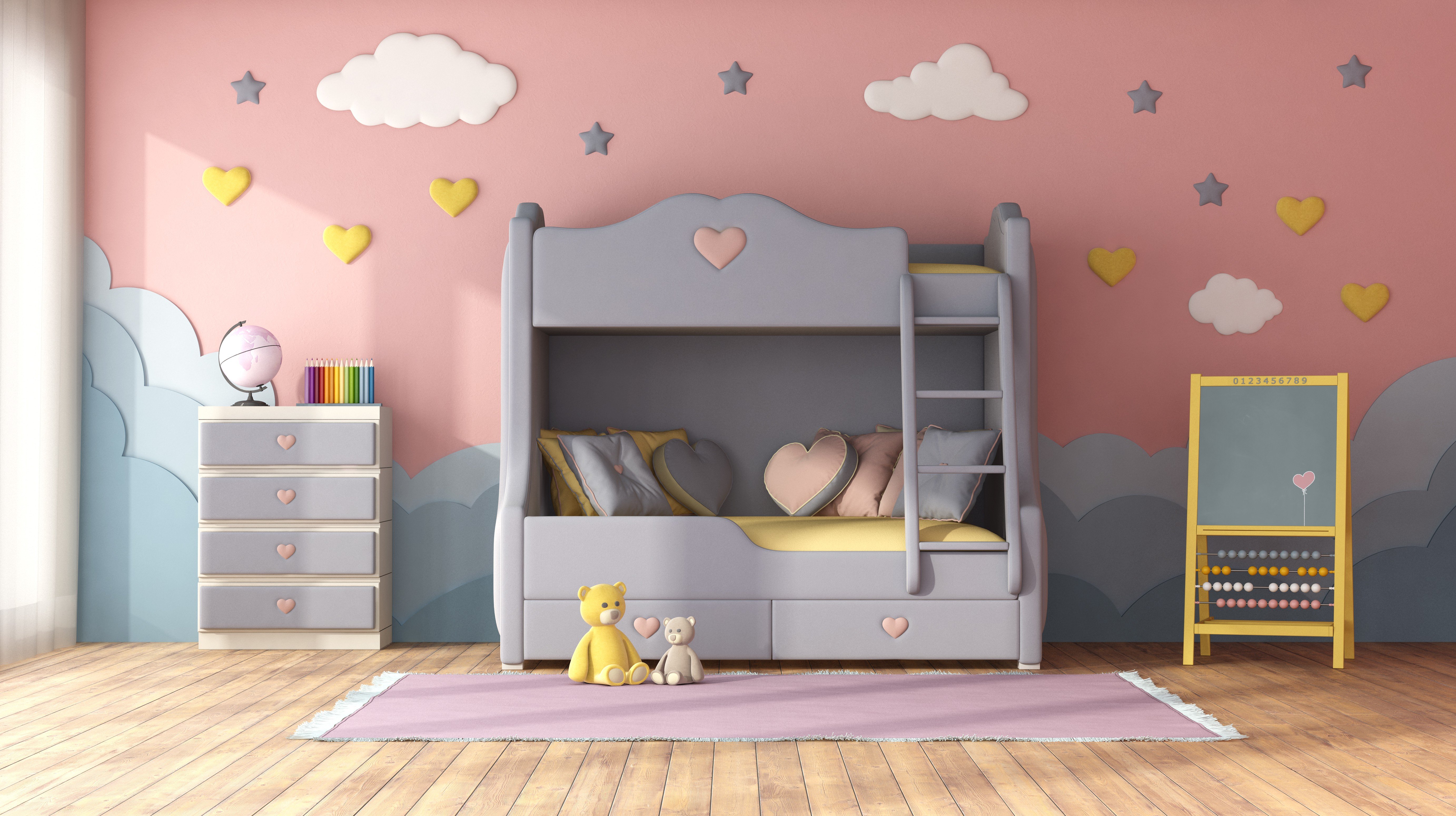Exploring Bunk Beds: A Comprehensive Guide
Bunk beds have actually long been a staple in kids's bedrooms, dormitories, and even homes with limited space. Not only do they provide a practical sleeping solution, however they also develop a fun and imaginative environment for children and a great space-saver for adults and families. This post will explore everything you require to understand about bunk beds, from types and materials to safety tips and purchasing guidance.
Table of Contents
- Kinds Of Bunk Beds
- Traditional Bunk Beds
- Loft Beds
- Triple Bunk Beds
- L-Shaped Bunk Beds
- Material Options
- Wood
- Metal
- Safety Considerations
- Buying Guide
- FAQs
Types of Bunk Beds
Bunk beds come in different styles to suit various needs and preferences. Here's a breakdown of the most common types:
Conventional Bunk Beds
Standard bunks generally include 2 beds stacked vertically on top of one another. These beds are ideal for siblings sharing a room or for making the most of sleeping space in visitor rooms.
Loft Beds
Loft beds stand similarly to conventional bunk beds but do not have a lower sleeping area. Instead, they often incorporate a desk or seating area below, making them a great choice for little rooms requiring multifunctionality.
Triple Bunk Beds
Triple bunk beds are created for 3 residents, with beds stacked in a three-tier setup. These are less typical but can be a fun solution for large families or pajama parties.
L-Shaped Bunk Beds
With one bed positioned horizontally and the other vertically, L-shaped bunk beds are typically geared up with additional features such as desks or storage drawers and can complement corner spaces in a room.
Comparison of Bunk Bed Types
| Bed Type | Suitable Use | Description |
|---|---|---|
| Conventional | Shared bedrooms or visitor rooms | 2 beds stacked vertically |
| Loft | Small rooms requiring multi-purpose space | Upper bed with open space beneath |
| Triple | Big families or pajama parties | Three beds stacked vertically |
| L-Shaped | Corner or flexible areas | A combination of vertical and horizontal beds |
Product Options
Bunk beds are produced from numerous materials, with wood and metal being the most common. Each material has its advantages and disadvantages.
Wood
- Toughness: Generally robust and can withstand years of usage.
- Visual Appeal: Offers a traditional appearance that can blend with numerous designs.
- Weight Capacity: Typically tougher; can support heavier weights.
- Downsides: May be more pricey than metal alternatives and can be vulnerable to scratches.
Metal
- Sturdiness: Generally light-weight and simple to move however still sturdy.
- Modern Design: Often can be found in streamlined styles, making it appealing for contemporary areas.
- Economical: Usually less costly than wood alternatives.
- Disadvantages: Can be cold to the touch in winters and may not have the exact same visual appeal for some purchasers.
Security Considerations
When it pertains to bunk beds, safety can not be neglected. Here are crucial security pointers to bear in mind:
- Guardrails: Ensure that the leading bunk has guardrails on both sides to prevent falls.
- Tough Construction: Check for a strong build and durable products to hold up against weight and movement.
- Weight Limit: Adhere to the maker's weight limitation for both the upper and lower bunks.
- Ladder Design: Choose bunks with a safe, easy-to-climb ladder and prevent any sharp edges or rungs.
- Age Restrictions: Most producers suggest that children under the age of 6 ought to not oversleep the upper bunk.
Purchasing Guide
When looking for bunk beds, think about the following aspects to discover the best fit for your needs:
- Space Availability: Measure the room size and ceiling height, guaranteeing there is adequate space for the leading bunk.
- Bed Size: Decide between twin, full, or bigger sizes based upon your requirements and the size of the space.
- Design Preference: Consider the overall decor of the bed room to find an ideal design.
- Alleviate of Setup: Look for a bunk bed that is simple to assemble.
- Spending plan: Bunk beds can be found in various cost ranges, so determine a spending plan before starting your search.
FAQs
1. What is the recommended age for kids to sleep on the leading bunk?
Kids aged six and older are typically suggested to sleep on the leading bunk to reduce the danger of falls.
2. How can I make my bunk bed safer?
To improve security, guarantee guardrails are effectively set up and examine that the bed is positioned on a flat surface. Furthermore, encourage Best Bunk Bed to utilize the ladder thoroughly.
3. Can I convert a bunk bed into 2 different beds?
Lots of bunk beds are designed to be convertible. Examine the maker's requirements for convertibility functions.
4. What accessories are offered for bunk beds?
Common accessories consist of bed linens, storage drawers, staircases instead of ladders, and tented canopies for an enjoyable visual appeal.
5. How do I maintain my bunk bed?
Routine checks for loose screws or structural integrity can assist make sure safety. Dust the bed routinely and tidy spills immediately to keep the products in good condition.
Bunk beds are versatile and a space-efficient option for numerous living situations, from children's rooms to guest accommodations. With lots of designs and products offered, potential buyers have a wealth of choices to consider, making sure a mix of practicality and visual appeals. By focusing on security and following the pointers detailed in this guide, individuals can discover the ideal bunk bed that fits their space and lifestyle, all while creating an enjoyable sleeping environment.

